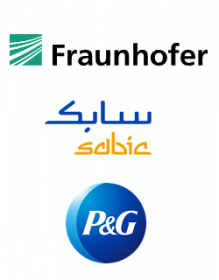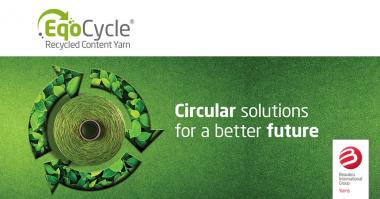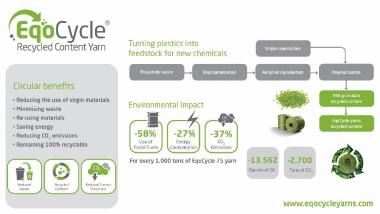Update International Conference on Cellulose Fibres 2022
Cologne (Germany), and Online ++ more than 70 participants registered - 250 expected ++
Cellulose fibres are a true material miracle as they offer a steadily expanding, broad range of applications. Meanwhile markets are driven by technological developments and policy frameworks, especially bans and restrictions on plastics, as well as an increasing number of sustainability requirements. The presentations will provide valuable information on the various use-opportunities for cellulosic fibres through a policy overview, a special session on sustainability, recycling and alternative feedstocks, as well as the latest developments in pulp, cellulosic fibres and yarns. In addition, examples of non-wovens, packaging and composites will offer a look beyond the horizon of conventional application fields.
The third session of the conference, "Sustainability and Circular Economy", highlights crucial issues with regard to the overall goal of keeping the environmental impact of cellulose fibres low. A core theme of the session is the responsible use of wood and forests. With this objective, the five speakers of the session discuss the importance of circular concepts for cellulose feedstocks. Exciting insights into the important "Hot Button Report" are offered by Canopy. The "Hot Button Report” enables the producers of cellulose fibres to better understand the impact their raw materials have on forests and the climate development worldwide.
Final program: https://cellulose-fibres.eu/program/
International Conference on Cellulose Fibres
nova-Institut















